Colocasia esculenta /Elephant ear/ Taro / Malanga /কচু।

General features: The botanical name is Colocasia esculenta which is colloquially named in English as Taro, often cited as Elephant Ear. In Bengali it is called Kochu / কচু।. In Spanish, it is recognized as Malanga. It is herbaceous perennial tropical plant belonging to Araceae family. The corm or tuber is a widely known staple food of Africa, Oceania, Pacific islands and many places in South Asian nations. Its origin is somewhat unknown, but it has been believed that Taro has travelled following the trade route of ancient traders from Asia. It is the most extensively and earliest cultivated plants of the world. Although it is primarily grown to consume the starchy corm, but stem, freshly sprouted leaves and petioles are also used as vegetables for edible needs. In Bengal stretching from West to East (Bangladesh), taro or its leaves are considered to be delicacy. Innumerable tasty dishes are prepared either from the corm or stems or by the freshly sprouted leaves. It is more appealing to the Bengalis than the Elephant foot yam (O`l). Identically, it is a vegetable grown out of rhizomes of different shapes or sizes. The leaves are approximately 16 inches x 10 inches and grown from the rhizome. When fully grown, they are dark green on the upside +whereas lighter at beneath. They are triangular ovate but mucronated at the apex. The petioles are 3 – 4 ft long, thick and succulent also often purplish in the appearance. It is attached to the center of the leaf. The spadix is about 3/5 long as spathe with flowering part ~ 0.3 inch in diameter. The female part is situated on the fertile ovaries mixed with the white colored sterile ones. The neuters grow above the female part which are irregular lobed having six to eight cells. The corm shaped like a top usually weighing ~ 2 Ibs which can be more like 8 Ibs. The plant can be almost 7 – 8 ft high with canopy spread ~ 8 ft also. There are about 200 cultivars of taro grown for the edible corms or cormels. The later ones are smaller in sizes and grown as clusters. In Bengal they are known as Kochumukhi /কচুমুখি।. The taros are categorized either as wetland or upland. The former is composed of main large corm whereas the later produces several eddoes (কচুমুখি) that can be used like the potatoes for cooking. It is certainly a good source of fiber associated with complex hardy starch. It offers many health benefits. For example, it improves cardiovascular and digestive health, controls blood glucose level and body weight. It has loads of antioxidants enabling to protect the body from free radical damage or preventing from the generation of cancers.
Historical facts of taro use: Taro is often claimed to be the native of India. Seemingly, in later years the plant traveled to the East Asian nations like Myanmar, China, Indonesia, Malaysia and other countries including Japan by the traders or travelers. Afterward, it moved further to Hawaii, Melanesia, Micronesia and other Polynesian islands including far away to Papua New Guinea. Possibly, from there, it got entry into the Latino countries of South America also to North American nation of Mexico. History also tells that Taro has been widely spread to Africa and its neighboring Mediterranean regions. Many countries of African continent and pacific islands and Papua New Guinea use taro as a staple diet.
Nutritional benefits: Taro mostly tastes like the potatoes with a bit of added stickiness feeling. It is an excellent source of nutrients, vitamins and minerals. About 104 g (1 cup of fresh cut) taro provides ~ 72 g water, 27.5 g carbohydrate, 1.6 g protein, 0.2 g fat and 4.5 g dietary fiber. The sugar content is low, ~ 0.4 g. It is also a good source of minerals eg, Cu – 0.18 mg, Mn – 0.4 mg, Mg – 34 mg, P – 88 mg, K – 615 mg, Na – 11 mg, Zn – 0.25 mg and Se – 1 µg. Additionally, it produces large quantities of free amino acids eg, Trp – 0.03 g, Thr – 0.08 g, ILeu – 0.06 and Leu – 0.2 g and Lys – 0.1 g. Further, it is a good source of vitamins too eg, B1 (Thiamin) – 0.1 mg, B2 (Riboflavin) – 0.03 mg, B3 (Niacin) – 0.6 mg, B5 (Pantothenic acid) – 0.3 mg, B6 (Pyridoxine) – 0.3 mg, B9 (Folate) – 23 µg, C (Ascorbic acid) – 5 mg and Choline – 18 mg. Interestingly, it also synthesizes fat soluble vitamin A and E. Aside from commonly used taro tuber/ corm, the fresh stems and leaves are also the good sources of minerals and vitamins.
Major bioactive phyto-chemicals: The plant synthesizes flavonoids, β – sitosterol and steroids along with the other phyto-components. The alcoholic extract displays the presence of alkaloids, flavonoids, saponins and tannins as the major components. Corms synthesize various anthocyanidins eg, Perlargonidin 3- glucoside, Cyanidin 3 – Rhamnoside and Cyanidin 3 glucoside. The extraction by ethyl acetate plus butanol provides almost ten components displaying large varieties of flavonoid glucosides and phenolic compounds like Feruloyl glucoside or Caffeoyl glucoside.
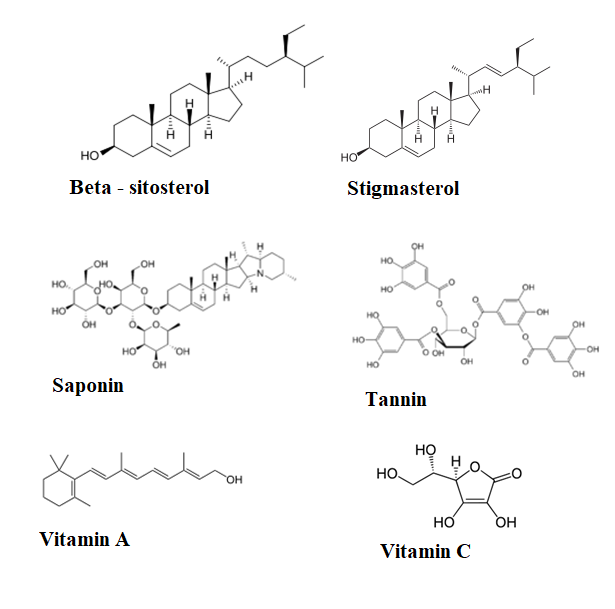
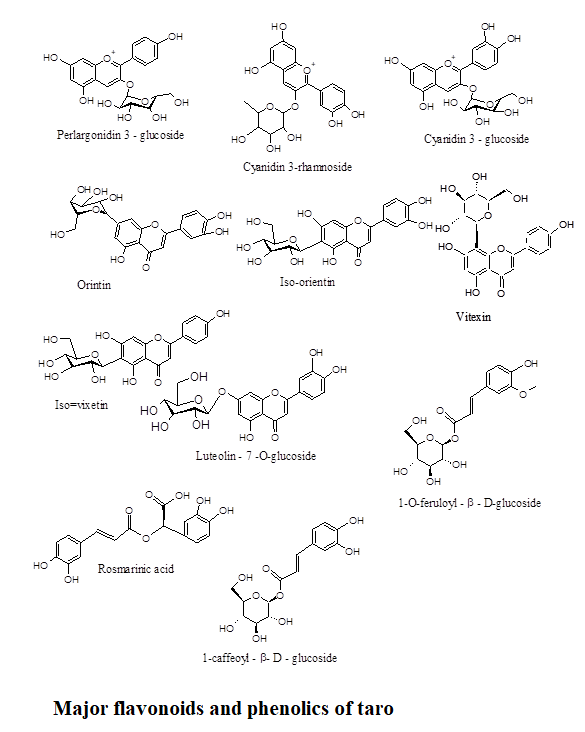
The leaves (0.61 %) and pericarp (0.36 %) show good reserve of essential oil composed of numerous monoterpenes like Limonene, Geraniol, Bornyl acetate, Geranial / Citral, Myrcene, Sabinene, Myrtenol and Terpinen – 4 – Ol. The oil shows strong anti-microbial and fungicidal property since many of the individuals among them display the similar role. Among the ingredients, Limonene is seen being at the highest concentration.
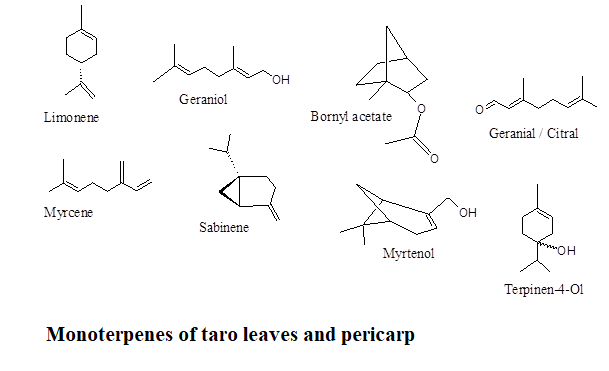
Use of folk medicine: Taro is frequently used as village medicine to treat asthma, diarrhea, and hemorrhage and any skin problems. According to the Ayurveda, it can provide relief for the arthritis, stomatitis, alopecia and debility. Juice made of petioles is prescribed for relieving the earache. To treat alopecia, the juice of corm is employed on the affected area. Leaf juice is known to control internal hemorrhages, adenitis (inflammation of glands) and otalgia. It works as an antidote to insect, wasp and scorpion sting also has the anthelmintic property. The heated tubers are pressed locally on the surface to reduce rheumatic pain in joints. Usually, taro helps digestive system by acting as laxative consequently good for the hemorrhoid sufferers. Uniquely, corm is claimed to have the abortifacient property and can control infections like tuberculosis, pulmonary congestion and fungal abscesses.
Health effect of taro: Besides having good tastes, the leaves and petioles are highly enriched with numerous minerals. It is noticed that leaf juice behaves as expectorant and stimulant. It has the astringent and styptic taste and in addition it also acts as rubifacient. Usually the corm, leaves and petioles in taro have raphides / calcium oxalate which commonly produces stinging sensation inside the mouth which can be easily removed by boiling in water with bicarbonate. The tubers offer digestive, laxative, diuretic, demulscent and anodyne effect. It is noticed that taro also produces analgesic, anti-inflammatory, anticancer and hypo-lipidemic effect.
Health benefits: Taro is loaded with important minerals and vitamins which has good impact on health. Below is the list of several beneficial effects.
Cancer prevention – Taro corm is full of antioxidant components like vitamin A and C including several other phenolic antioxidants including flavonoids and anthocyanidins. They enable to boost immunity while removing away hazardous free radicals generated within the body. Along with the other carotenoids, the presence of Cryptoxanthin is very noticeable since it has the proven ability to reduce the chances of lung and oral cancers. Further, in vitro studies on colon cancer cells (YYT) indicate that taro extract follows two pathways to control the cellular progression of tumors. One of them is by inducing apoptosis directly whereas the second one is by activating the lymphocytes which in turn ultimately leads to the lysis of tumor cells.
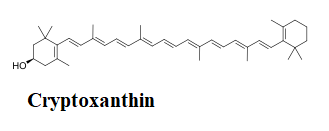
Further, the recent finding confirms that a 200 KDa polysaccharide from taro corm shows significant anti-metastatic potential when tested both in vivo and in vitro. It is made of 64 % neutral sugar and 36 % uronic acid.
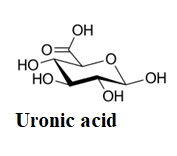
Prevention of rheumatoid arthritis – The presence of vitamin B6 in corm seems able to reduce the symptoms of rheumatoid arthritis including muscle aches, joint pain or chronic inflammation of joints.
Antimicrobial and antifungal property – The extraction by CH3OH + CHCl3 shows strong dose-dependent antimicrobial and antifungal actions when tested by following the agar diffusion technique keeping Tetracycline as control. Almost identical behavior is noticed for aqueous extract also. Both extracts are active against gram positive and gram-negative bacteria as well as the fungal strain like Aspergillus niger and Candida albicans. The effect is possibly due to the presence of numerous monoterpenes.
Anti-hepatotoxic activity – Uniquely, the leaf juice shows anti-hepatotoxic and hepatoprotective activity when tested on liver cells or liver slices treated with either CCl4 or Acetaminophen (Tylenol). The leakage of liver enzyme markers (AST, ALP & ALT) are evaluated in presence of absence of the leaf juice. Interestingly, the juice significantly reduces the extent of enzyme leakage within the media. Technically, treating with CCl4 and Acetaminophen generates free radicals which causes lipid-peroxidation that leads to produce malondialdehyde creating a colored chromophore while reacting with Thiobarbutyric acid indicating the extent of free radical generation ability. The addition of leaf juice reduces the lipid-peroxidation with concomitant lowering of the color production. Besides leaves, the extract of corm also shows similar effects. In all cases presence of large level of anthocyanidins and flavonoids is suggested to be the underlying factors.
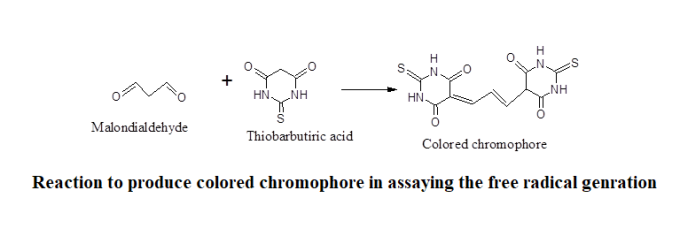
Antidiabetic effect – The ethanol extract of taro leaf causes significant reduction of blood glucose level within Alloxan induced diabetic rats. The effect is comparable to anti-diabetic medication, Metformin.
Anthelmintic effect – Both aqueous and ethanolic extract of leaf and corm show potent anthelmintic activities when tested against earthworm at 50 mg / ml which is comparable to Piperazine citrate, 10 mg / ml.
Anti-melanogenic activity – Burk of taro tuber synthesizes few lignan derivative and some of them show strong anti-melanogenic effect when tested in isolated cultured melanocytes. One of them has been identified to be monoglyceride type eg, (2`S) – 1 – O – (9 – oxo- 10 (E), 12 (E) – octadecanoyl) glycerol. This compound shows considerable anti-melanogenic effect.
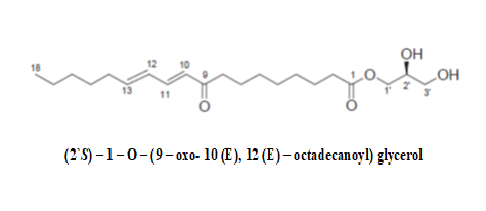
Immune stimulating effect – Crude protein extract from the taro corm shows potent immunomodulatory effect on hematopoietic cells of C57BL / 6 and BALB / C mice. The extract stimulates in vitro proliferation of mice splenocytes dose-dependently in both strains. The intraperitoneal administration of extract induces splenomegaly and proliferation of spleen and bone-marrow cells as well. Further it elevates in vivo B220+ splenocyte proliferation with simultaneous reduction of mature (B220+ IgM+) and immature B cells in bone marrow. The generation of antibody by the B220+ splenocytes marks the activation of B1 cells by extract in C57BL / 6 indicates the presence of good source of immunomodulatory protein(s) in taro.
Anti-feeding activity – The anti-feeding and insecticidal effect is tasted against cotton leaf worm using petroleum ether extract of taro leaves. The major identifiable compounds are two phytosterols, β – sitosterol and stigmasterol. It has been further noticed that these sterols also provide self-defense to Colocasia esculenta / taro plants.